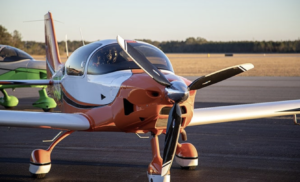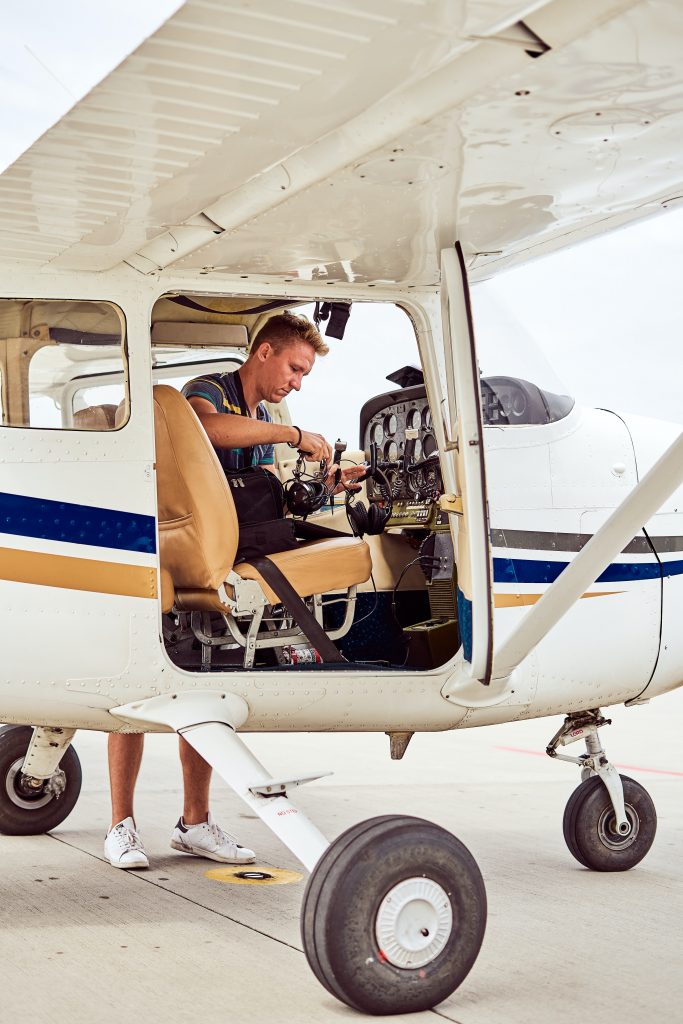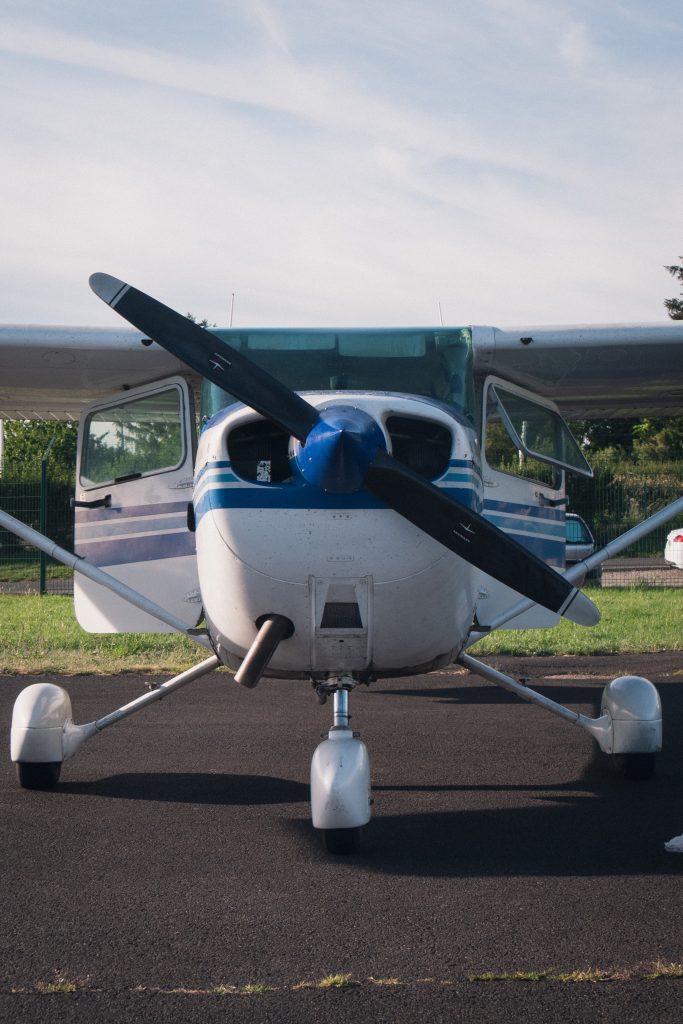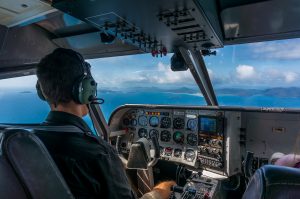Differentiating yourself from a hobby pilot, to get to the next level in your professional career, it is always wise to start including standard departure procedures in your briefing.
Here are a few pillars of standard departure procedures:
Understanding your aircraft limitations with the runway you are using.
Is this a short field takeoff requiring flaps? Or a standard takeoff
- ATIS Information – Winds & Weather
What are the runway wind conditions and airspeeds at pattern altitude?
- Abort point on the runway
At what point on the runway is takeoff inevitable
Rotate speeds, Climb speeds, and Glide speeds
Up to date pattern altitudes so that you are aware of traffic in the area
- Any Turns or Noise abatement procedures.
To avoid fines and penalties it’s important to check local laws and standard departure patterns.
Understanding when to raise gear and flaps during the takeoff. Knowing the flap configuration needed for the most effective departure.
Need to make a call to departure after takeoff? Know the frequencies and have them on standby.
As you can see these statistics change depending on the specific airport you are at. You will need to do your due diligence to ensure that you know the up-to-date information for the airport.









